Photography | Travel | Monthly Challenge
Going Back in Time in Shiroka Laka
An authentic Rhodope village
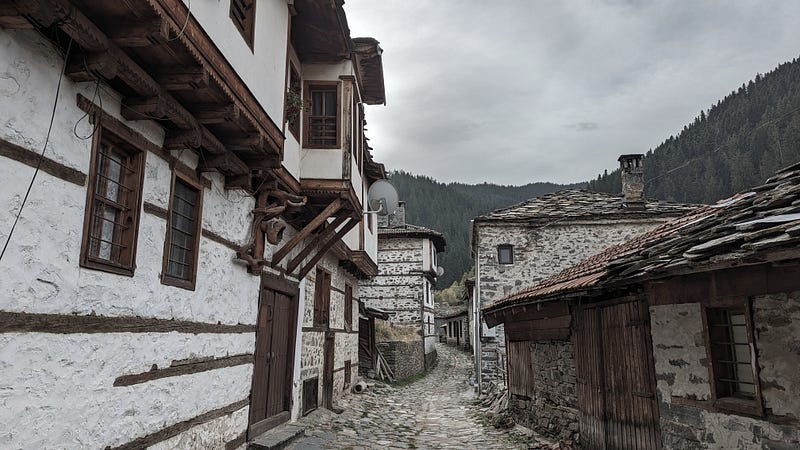
Growing up in a small Bulgarian village, my friends and I enjoyed four distinct seasons. We knew — from our grandparents and parents — that once we got to a month with the letter ‘r’ in it, fall wouldn’t be that far off.
As we eased into fall, the more vibrant and colorful the attire of trees became, the darker and grayer the sky above them loomed. By November, we’d be hard-pressed to find any color anywhere.
Needless to say, as a kid, October and November (before the snow came) were probably my least favorite months.
Today, they are my favorite.
My long walks can resume and exploring new places no longer means fighting hordes of people.
Though any village you visit in Bulgaria will make you feel as if you’ve been transported back in time (if you could just ignore the now ubiquitous satellite dishes), one small village in the Rhodope Mountains is a particular treat and worth a visit.

Located in proximity to multiple ski destinations (~25km from the town of Smolyan and 12km from the Pamporovo ski resort), the village of Shiroka Laka greets visitors almost all year round.
Almost because if you visit late October-November, you’ll probably be one of few outsiders walking around its narrow, hilly, cobblestoned streets.
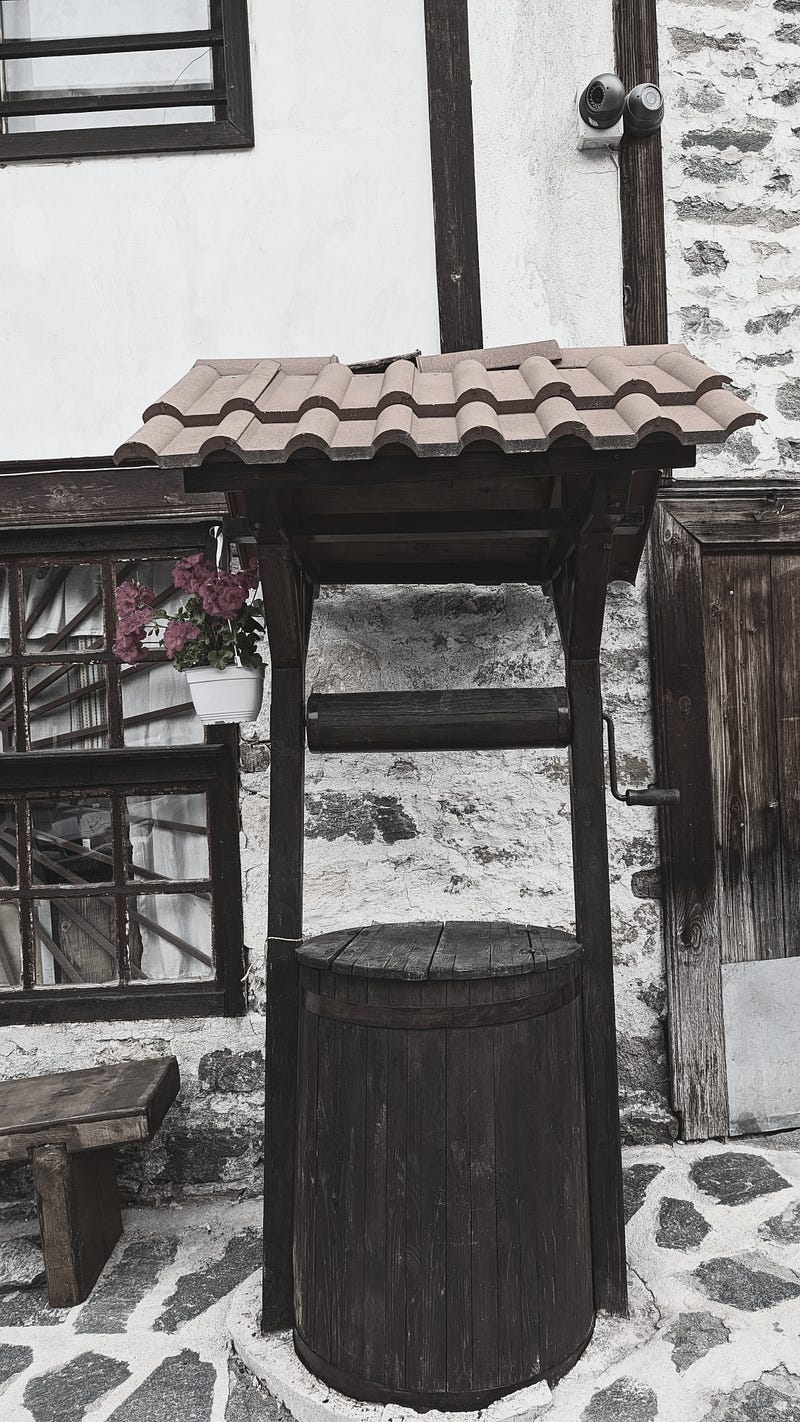
Founded in the late 17th/early 18th century, the village has kept its Bulgarian Revival Period look and is the only village in the country recognized as an architectural and folklore ethnographic reserve.
So when a friend and I found ourselves working remotely from Smolyan this past one week, on the morning of a gloomy Sunday, we decided to finally check out this quite popular destination.
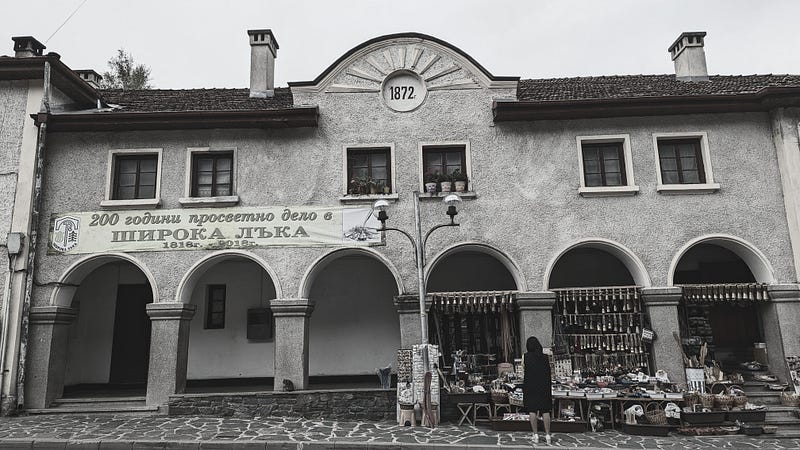
We arrived to the village around 9am and not having had breakfast, decided to first seek nourishment. That’s when we discovered the one drawback to visiting tourist locations outside of tourist seasons.
Shiroka Laka may be a popular destination, but it’s still a village, so aside from the hotel restaurants, which as we found out only serve breakfast to guests of the hotel, there wasn’t much available to us in terms of food.
Not to be deterred, we checked with the tourist information kiosk, located in the читалище — a type of community center you can find in the center of every Bulgarian village — and were directed to a small cafe nearby.

Lured by the lovely outdoor setup, and getting hangrier by the minute, we took our seats and ordered the one of few savory options on the menu — sandwiches, which looked/tasted like paninis and were delicious.
While my friend waited for our order to arrive, I ventured out for a short walk. I was itching to be out and about, inhaling the fresh mountain air.
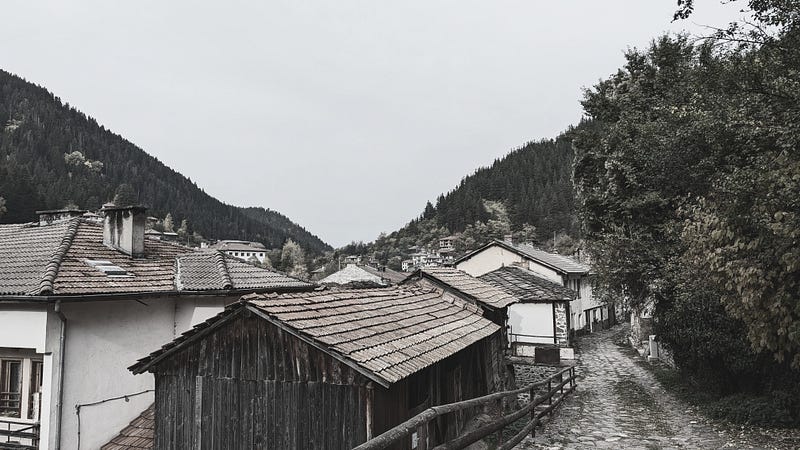
Nothing like a lovely walk by authentic Rhodope houses to help you work up an even bigger appetite, am I right?
The houses are what make the village a tourist destination: two- or three-story stone and wood buildings, lined up along both sides of the Shirokolashka river.
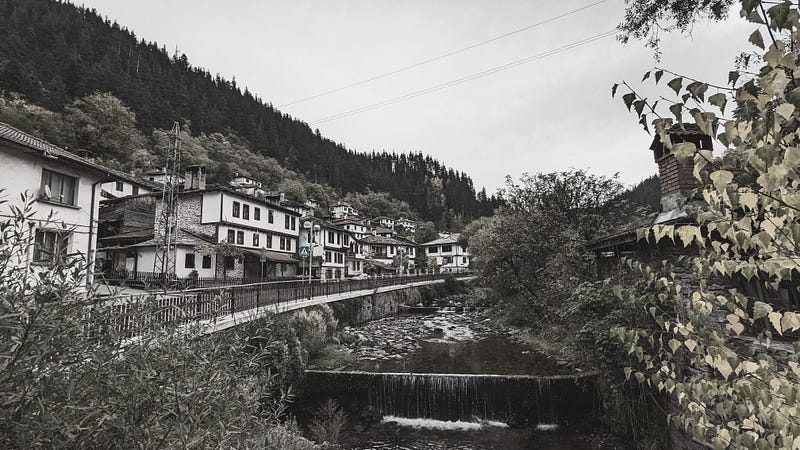
What grabbed my attention were the individual features of each building: the lanterns, the doors, the flower pots. Passing by these houses, it’s very easy to imagine you have been transported back to a different time. I bet it looks magical when covered in snow.



After I returned for and devoured my sandwich, I ventured out for a longer walk to check out the few points of interest I’d noticed highlighted on the back of the menu.
One I was excited about was the house of Captain Petko Voyvoda, a revolutionary who fought to liberate Bulgaria from Ottoman rule. I love visiting house-museums, learning about how people lived in the past, but sadly, I was told the house is closed and I can only see it from the outside.
I couldn’t quite understand if that’s always the case or if that’s just another drawback of visiting outside of the tourist season.

Not to worry, though! I’ll certainly be back to this area — either in the spring or the summer — as it also happens to be the location of several cultural and folklore festivals.
The Kukeri one in the spring takes place in Shiroka Laka proper, and the International Bagpipe Festival takes place in the nearby village of Gela.
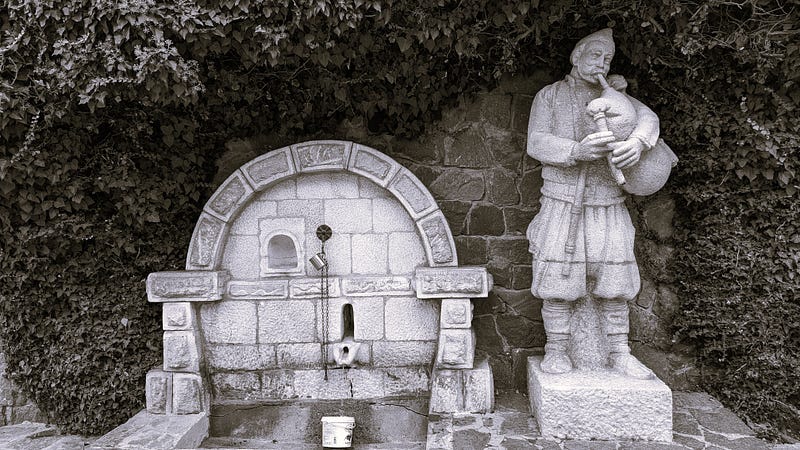
Shiroka Laka itself is the birth place of many eminent Bulgarian folklore singers and bagpipe performers, and next to the Mayor’s Hall, visitors can find a statue celebrating those roots.

Though it takes no more than an hour or two to walk around the village, if you love nature and mountains, I imagine it’s worth staying in one of the guest houses or hotels available to visitors.
Crisp air and tons of trails, accessible from the village, may just be what one needs to take a break from the pain and suffering in the world. I’ll take gray, dark skies in the mountains over gray, dark humanity any day.
Speaking of gray as the color of sadness, Jody Lynn McBrien’s piece on her experience working with refugees for over 2 decades oozes gray in more ways than one. Why don’t we ever learn?
Another piece that grabbed my attention is Scott-Ryan Abt’s recollection of his visit to Istanbul. The images match perfectly what I imagine he may have been feeling at the time.






